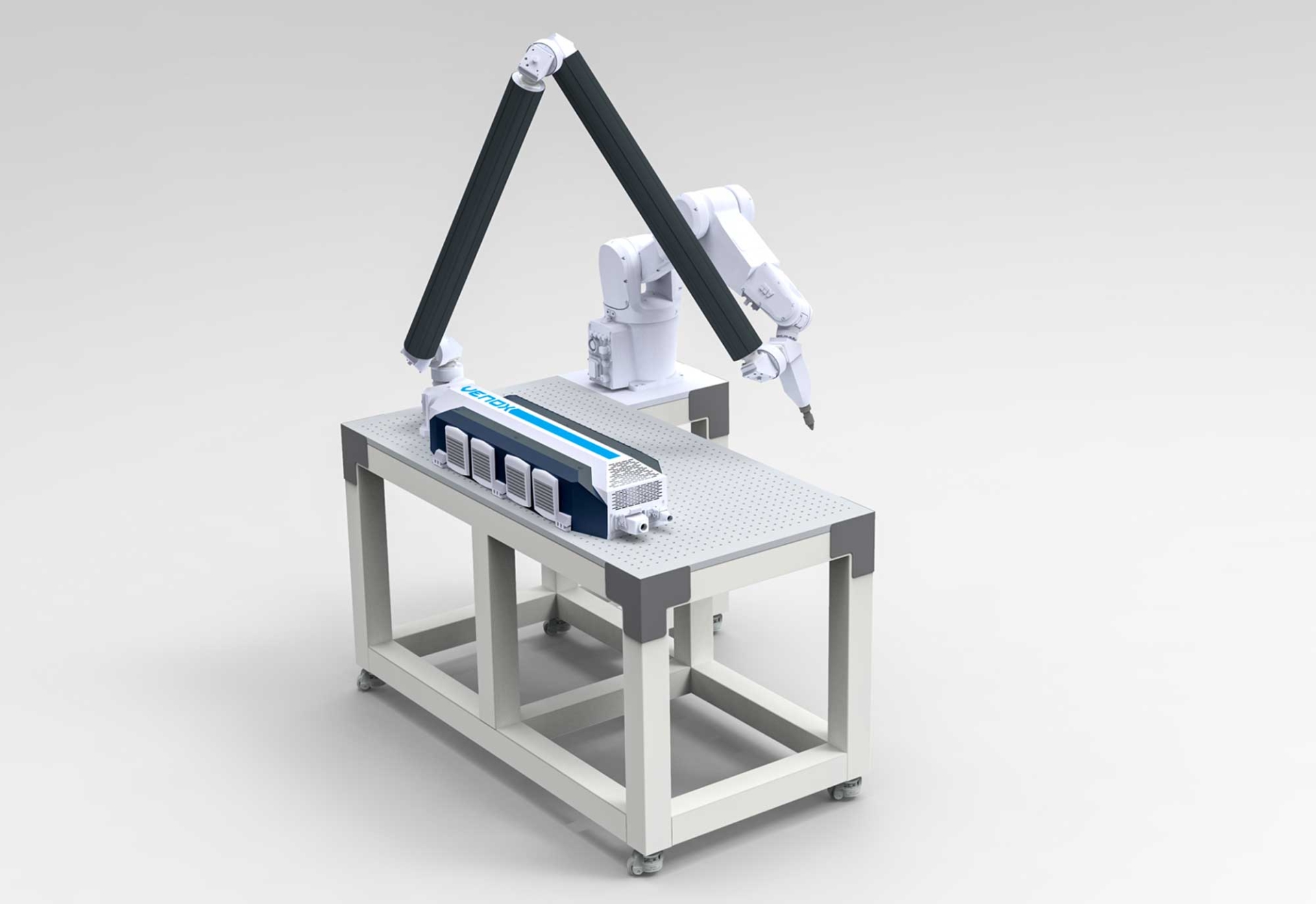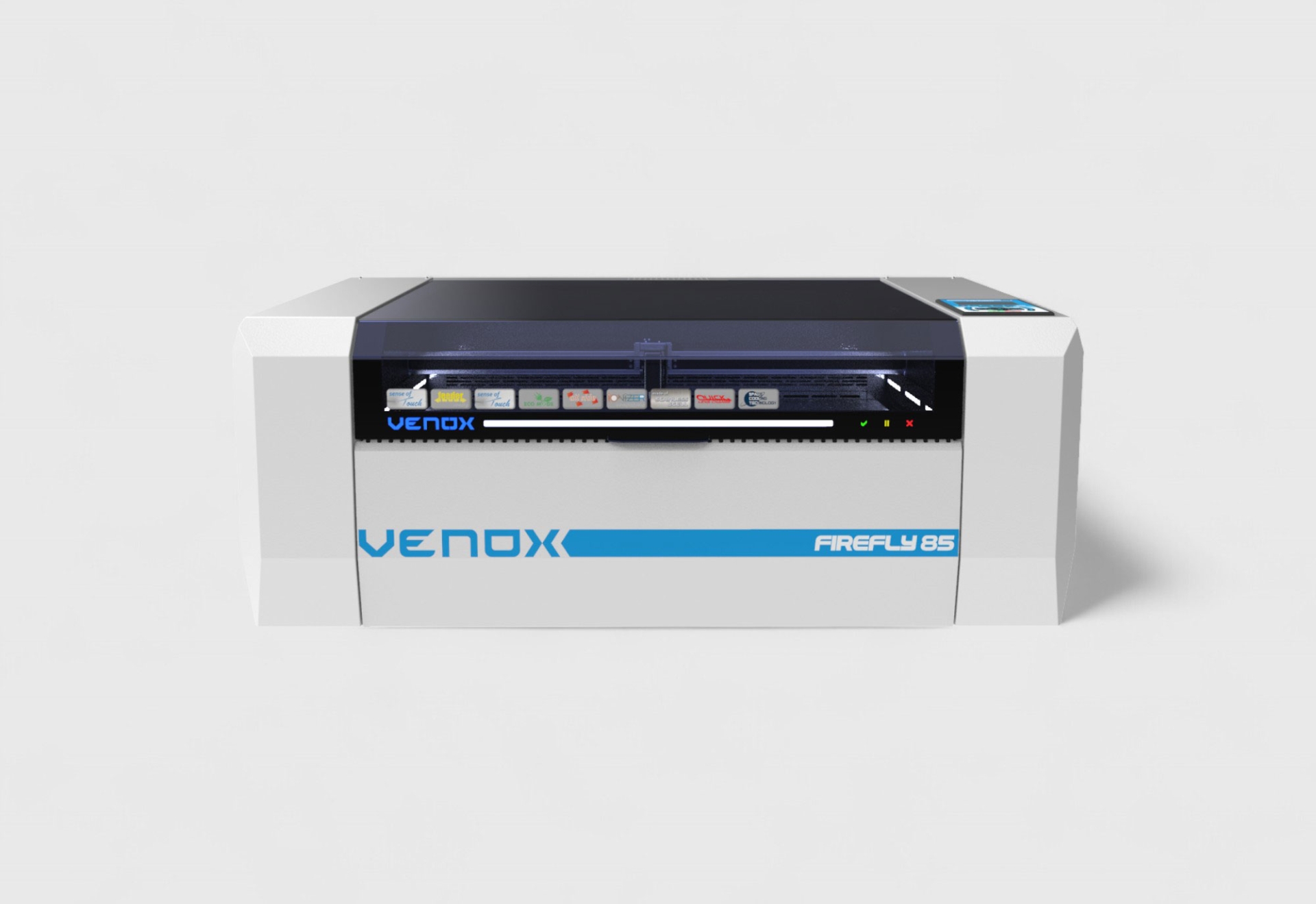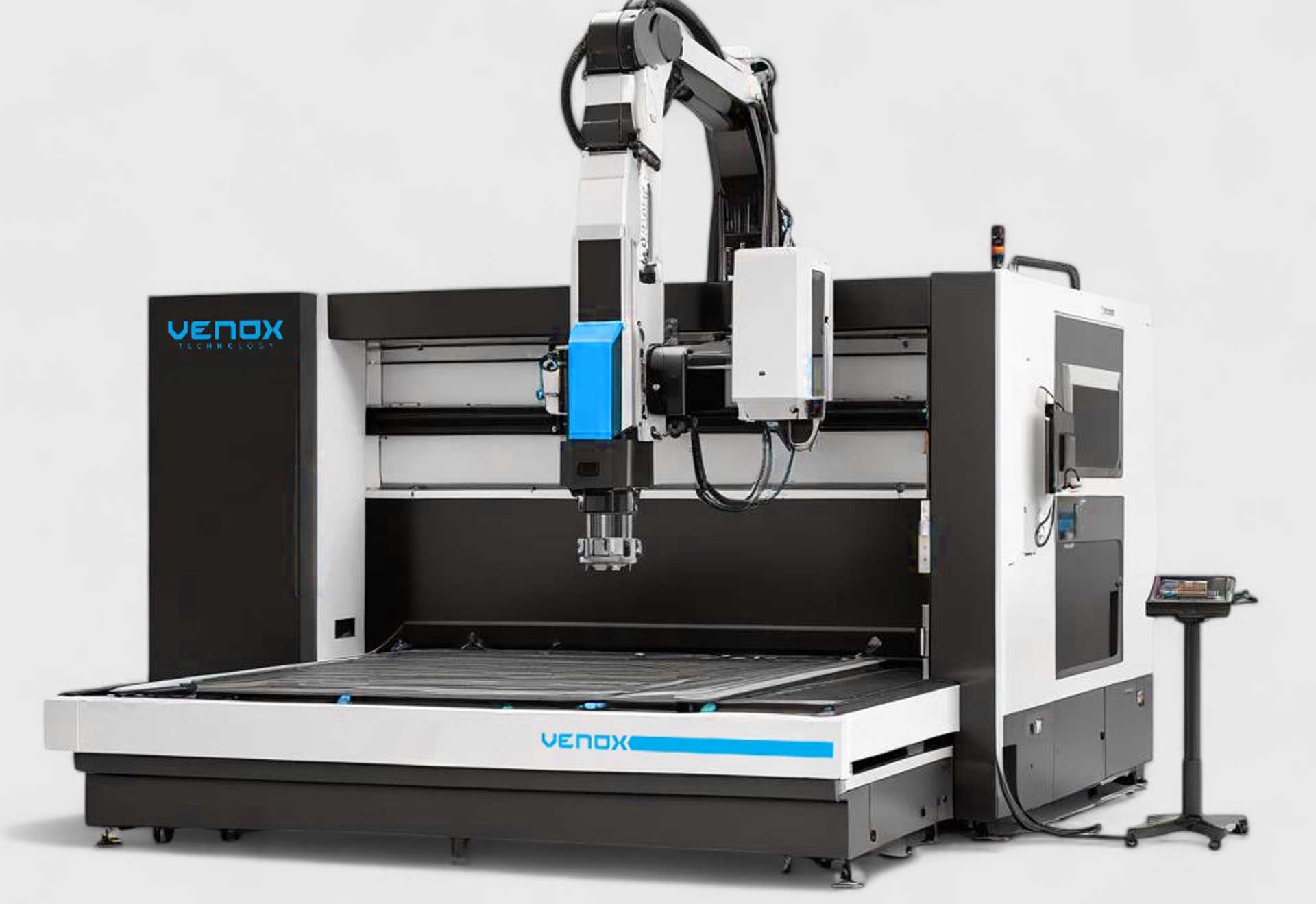Laser with Coated, Laminated and Mirror Glass: Preventing Coating Damage, Masking, and Parameter Selection
Laser cutting/engraving on coated, laminated, and mirror glass surfaces requires a narrower process window than standard glass due to optical reflectivity, the coating layer, and the interlayer. When planning your project, review the sector context on the Glass sector page, and check suitable hardware options under Laser Cutting Systems and Laser Cutting & Marking Machines.
Coating Types and Thermal Behavior
Mirror, low-E, and decorative coatings change the reflection/absorption ratio of light. This determines how laser energy is distributed from the surface to the substrate. With high reflectivity, you may see hot spots and peeling or burn marks at the coating–glass interface.
- Mirror glass: The metallic coating retains energy at the surface; a defocus and multiple light-pass strategy may be required.
- Low-E (low emissivity) coating: Thin dielectric/metal layers; parameter tolerance is narrow.
- Decorative/colored coating: Local heating varies with layer thickness; sampling is critical.
Masking: Film/Tape Selection, Removal, and No-Residue
Masking protects the coating from mechanical/chemical effects and reduces adhesion of fumes and particulates to the surface. However, remember that the mask can act as a thermal barrier.
- Film selection: Choose heat-resistant, low-tack masks that do not leave residue.
- Application: Bubble-free lamination; leave lift margins at edges.
- Removal: After processing, peel off slowly while the surface is lukewarm; if solvent is needed, use a glass-compatible product.
Parameter Window and Processing Strategies
On coated/mirror surfaces, it is generally safer to lower energy density and build total effect with multiple light passes. Example, indicative parameter ranges:
| Parameter | Recommendation | Purpose |
|---|---|---|
| Power density | Low–medium (multiple passes) | Reduce coating damage and hot spots |
| Speed | High | Limit heat accumulation |
| Scan spacing | Medium–wide | Uniform surface matting/mark |
| Focus (defocus) | Light positive | Soften the high-energy spot |
| Number of passes | 2–5 | Step the total effect |
You can compare suitable machine/optics configurations solution-by-solution on the Laser Cutting Systems page.
Edge Quality and Post-Process
- Chipping criterion: Define it upfront; run tests for geometries that push tolerances.
- Chamfer/polish: Avoid excessive mechanical/chemical stress at the coating edge; proceed gradually.
- Cleaning: Use coating-compatible, non-abrasive cleaners and microfiber cloths.
Laminated Glass: Interlayer (PVB/EVA/SGP) and Thermal Management
In laminated glass, the interlayer retains heat, which can cause local softening and surface marks. Processing order and energy management are critical:
- Increase speed and enlarge the spot (light defocus) to spread energy.
- Use multiple light passes instead of a single deep pass.
- Leave edge vent margins under masking to prevent trapped gas/particulates.
You can plan the design and process flow together with machine family options under Laser Cutting & Marking Machines.
File & Process Checklist
- File: DXF/SVG/AI; units in mm; cut/engrave layers clearly named.
- Mask: Heat-resistant, low-tack; removal procedure defined.
- Parameter card: Samples with 2–3 power × 2 speeds × 2 scan spacings.
- Edge target: Polish/chamfer requirements included in the sheet.
- Logistics: Packaging, protective film, and transport instructions specified.
For appropriate machine and process selection, visit the Glass sector, Laser Cutting Systems, and Laser Cutting & Marking Machines pages.
Frequently Asked Questions (FAQ)
How can I avoid marks when processing mirror glass with a laser?
Lower energy density (defocus + high speed), use multiple light passes, and protect the surface with masking film. Don’t skip sample testing.
What causes peeling/staining on low-E coatings?
Hot spots on the surface and adhesion of fume particulates are the main causes. Optimize scan spacing and air/exhaust flow.
How do I reduce interlayer marks on laminated glass?
Spread heat by increasing speed and enlarging the spot, use multiple light passes instead of a single deep pass, and leave edge vent margins.
Which is riskier on coated surfaces: engraving or cutting?
Cutting is generally riskier; engraving can also damage the coating with improper parameters. Both operations require a narrow parameter window and sampling.







